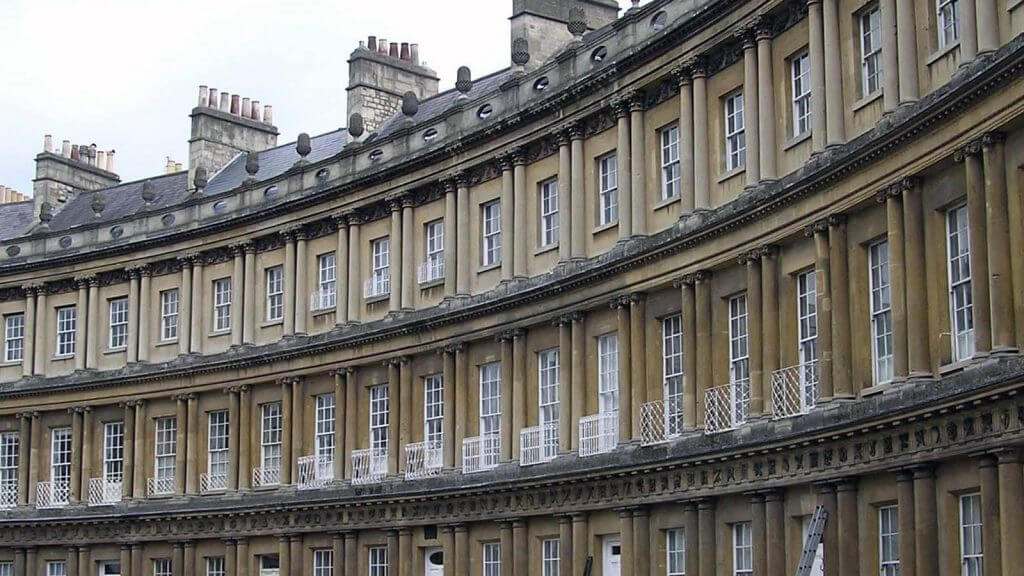What is a listed building?
A listed building is a building, object or structure that has been judged to be of national importance in terms of architectural or historic interest and included on a special register, called the List of Buildings of Special Architectural or Historic Interest.
Compiled by the Department for Culture, Media and Sports (DCMS), under the provisions of the Planning (Listed Buildings and Conservation Areas) Act 1990, the list includes a wide variety of structures, from castles and cathedrals to milestones and village pumps.

What part of the building is listed?
This is often misunderstood, it is not simply the front façade. When a building is listed, it is listed in its entirety, which means that both the exterior and the interior are protected. In addition, any object or structure fixed to the building, and any object or structure within the curtilage of the building, which although not fixed to the building, forms part of the land and has done so since before 1 July 1948, are treated as part of the listed building. This will include boundary walls for example.
Listed Building Consent (LBC)
Listed building consent is a type of planning control, which protects buildings of special architectural or historical interest. These controls are in addition to any planning regulations which would normally apply. Listed building status can also result in the requirement for planning permission where it wouldn’t ordinarily be required – for example, the erection of means of enclosure.
This special form of control is intended to prevent the unrestricted demolition, alteration or extension of a listed building without the express consent of the local planning authority or the Secretary of State.
The controls apply to any works for the demolition of a listed building, or for its alteration or extension, which is likely to affect its character as a building of special architectural or historical interest.
The control does not depend upon whether the proposed activity constitutes development under Section 55 of the 1990 Act. It extends to any works for the demolition of a listed building or for its alteration or extension in any manner likely to affect its character as a building of special architectural or historical interest.
Section 7 of the Planning (Listed Building and Conservation Areas) Act 1990 provides that, subject to the following provisions of the Act, no person shall execute or cause to be executed any works for the demolition of a listed building or for its alteration or extension in any manner which would affect its character as a building of special architectural or historic interest, unless the works are authorised. (Section 9 of the 1990 Act provides that if a person contravenes Section 7 he/she shall be guilty of an offence.)
Why are buildings listed?
Buildings are listed to help protect the physical evidence of our past, including buildings, which are valued and protected as a central part of our cultural heritage and our sense of identity. Historic buildings also add to the quality of our lives, being an important aspect of the character and appearance of our towns, villages and countryside.
What are the criteria for a building having listed status?
The Department of Culture Media and Sport (DCMS) uses the following criteria to decide which buildings to include on the list of protected buildings:
• architectural interest: buildings of importance because of their design, decoration and craftsmanship
• historic interest: buildings which illustrate an aspect of the nation’s social, economic, cultural or military history
• historic association: buildings that demonstrate close historical association with nationally important people or events
• group value: buildings that form part of an architectural ensemble, such as squares, terraces or model villages
In broad terms, buildings that are eligible for listed status are as follows:
• all buildings built before 1700 that survive in anything like their original condition
• most buildings of 1700-1840, although selection is necessary
• between 1840 and 1914 only buildings of definite quality and character; the selection is designed to include the major works of principal architects
• between 1914 and 1939 selected buildings of high quality or historic interest
• a limited number of outstanding buildings after 1939, but at least ten years old, and usually more than 30 years old
Grades of listed buildings
Listed buildings are classified into grades as follows:
- • Grade I – buildings of exceptional interest (approximately 2% of all listed buildings)
- • Grade II* – particularly important and more than special interest (approximately 4%)
- • Grade II – buildings of special interest, warranting every effort being made to preserve them (94%)
Permitted Development rights in Listed Buildings
Permitted development rights still exist in listed buildings, however you will require listed building consent in most case.
Click here to see which rights exist.
Page Updated: 12th March 2023




